Bleach plays an important role in the laundry process because it helps remove stains from clothing by causing a chemical reaction with the stain that breaks it down and removes it from the clothing.
Bleach can be used to achieve a whitening and brightening effect on white clothing. However, in some cases, bleach can remove the color from clothes.
There are various types of bleach available and natural items with bleaching properties that can be used as bleaching agents.
But when it comes to laundry, there are only two major types to choose from: chlorine bleach, which is a water-based product containing a chemical called sodium hypochlorite, and oxygen bleach, which contains hydrogen peroxide or other compounds that produce peroxide when mixed with water.
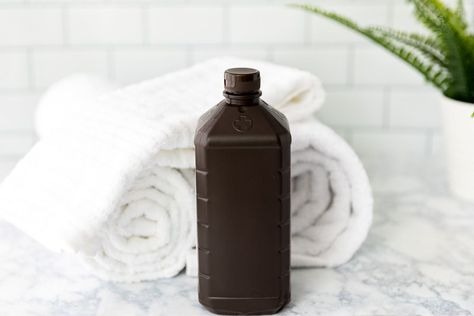
The following are ten reasons why hydrogen peroxide, among other bleaches, is used to bleach clothes:
Table of Contents
1. Remove Cloth Stains
For all types of stains, hydrogen peroxide is an excellent stain remover. It also effectively removes mildew, blood, fruit and vegetable stains, and dye-transfer stains.
Although hydrogen peroxide is a very gentle bleach, it is best to test it on colored clothing in an inconspicuous area, such as the hem or inside seam, to ensure that the colors do not fade.
Simply soak a cotton swab in hydrogen peroxide and rub it on the fabric to remove the stain. Stop if the color from the cloth transfers to the swab. This indicates that the cloth is not colorfast.
2. Removes Odor from Clothes
Have you noticed that some of your towels and clothes develop an unpleasant smell over time? Grease, sebum, and sweat are very sticky and easily bind to fabric fibers, making them difficult to remove from clothing and towels.
You may wonder why your washing machine cannot effectively remove these musty odors. It is because modern laundry trends aren’t designed to remove them.
For example, cold water in high-efficiency, large-capacity washing machines finds it difficult to remove body soil from your clothing.
You don’t have to discard your musty towels and clothing, as hydrogen peroxide can help you eliminate these odors. To do this, simply mix half a cup of hydrogen peroxide with enough water to thoroughly soak the clothes.
Allow them to soak for 15-30 minutes before washing as usual. The only difference between hydrogen peroxide and water chemically is that hydrogen peroxide has an extra oxygen atom. Because of the additional oxygen atom, this solution is extremely effective at removing odors that are deeply embedded in fabrics.
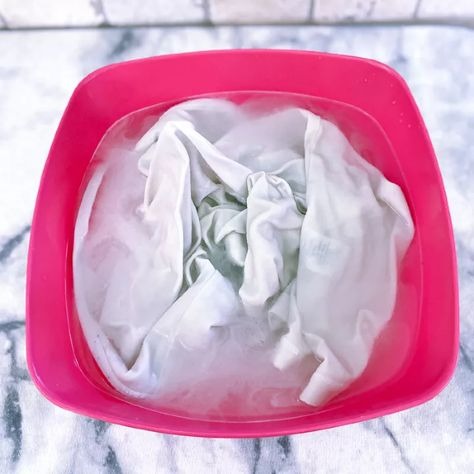
3. Brighten Colored Clothes
Body dirt and detergent residue trapped in the fibers of colored clothing can dull it over time. However, the mild bleaching action of hydrogen peroxide can be used to brighten them.
It is recommended never to use full-strength hydrogen peroxide on colored fabrics unless they have been colorfastness tested first.
The simplest way to brighten your colored fabrics is to pour one cup of hydrogen peroxide into the bleach dispenser.
It should be added during the wash cycle if there is enough water to dilute it. If you don’t have a dispenser, combine one cup of three percent hydrogen peroxide and two cups of water in an empty washer drum. After that, load your colored clothes into the washing machine and wash them as usual.
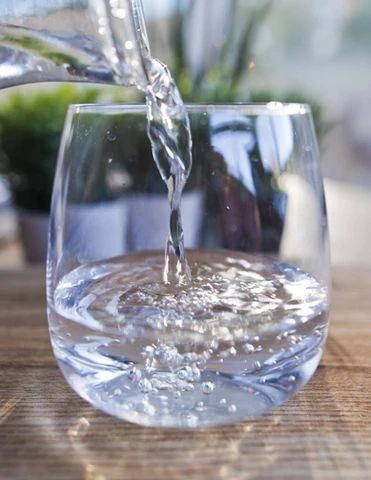
4. White Clothes Brightening
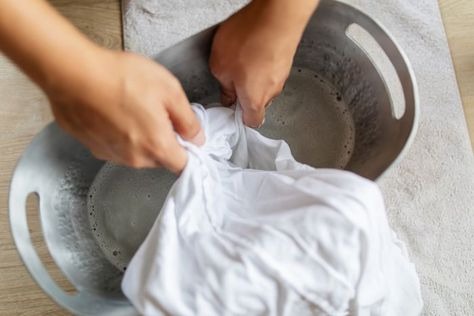
White and brightly colored fabrics turn yellow, dingy, or dull over time. Even if you carefully sort your laundry by color to keep dark fabric dyes from bleeding onto other items, some discoloration is unavoidable.
Sweat, dirt stains, and overwashing can cause perfectly clean clothes and linens to appear faded or grungy. Fortunately, you can easily solve these problems by using hydrogen peroxide to brighten white clothes.
A three percent solution of hydrogen peroxide can be gotten from a drug store and used since most commercial oxygen–based bleaches are made up of ingredients that degrade into hydrogen peroxide and some brightening additives.
Simply pour one cup of hydrogen peroxide into the washing machine drum before adding the water and clothes. The hydrogen peroxide can also be placed in the washer’s automatic bleach dispenser, where it will be dispersed throughout the wash cycle.
Furthermore, when combined with baking soda and water, hydrogen peroxide effectively removes yellow underarm stains from white clothes. This YouTube video shows how to apply hydrogen peroxide to whiten your white fabrics.
5. Laundry Disinfectant
According to the Centers for Disease Control and Prevention, hydrogen peroxide is active against a wide variety of microorganisms, including bacteria, yeasts, fungi, viruses, and spores.
As a result, you can use hydrogen peroxide to disinfect your laundry and sanitize cloth diapers, towels, bedding, and other items.
Disinfecting your laundry is an important part of keeping it fresh and clean and your family healthy. Because not all materials can be treated with bleach when our laundry is exposed to germs or unsanitary conditions, hydrogen peroxide is your best bet.
Hydrogen peroxide is a naturally occurring element formed by sunlight acting on water; it is one of the most environmentally friendly compounds available and, thus, completely safe to use.
A cup of three percent hydrogen peroxide added to a regular wash cycle will sanitize and disinfect your laundry.
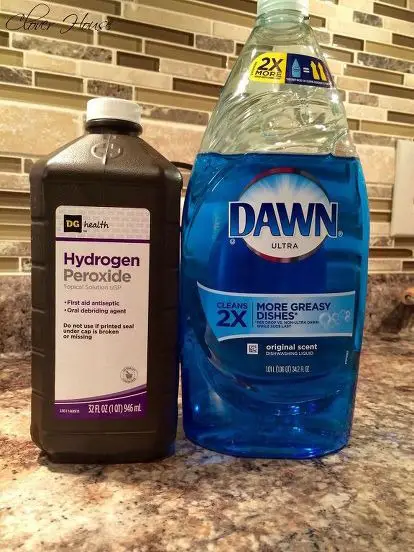
6. Non-toxic Byproducts
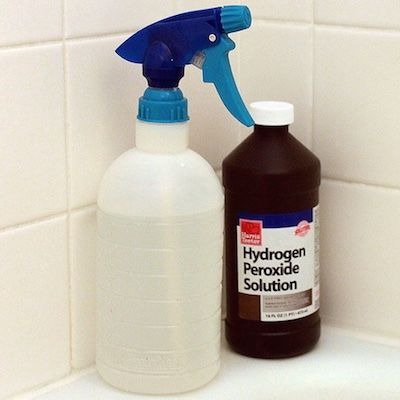
Many industrial bleaching processes are switching to hydrogen peroxide for a greener bleaching process. This is because hydrogen peroxide is simply water with an oxygen molecule that degrades into oxygen and water.
It can be produced by plant and animal cells and is a more environmentally friendly alternative to chlorine bleach.
Chlorine bleach is similar to hydrogen peroxide in that it is a good cleaning and disinfecting agent; however, it forms toxic byproducts such as dioxin, furans, and other organochlorines when it reacts with other elements.
Because hydrogen peroxide does not leave behind any residues or gasses, it is more versatile than any other product. Aside from cleaning and bleaching clothes, hydrogen peroxide has many applications, including the textile industry, mining, and wastewater treatment.
7. Safe To Use
Even at low concentrations, chlorine bleach emits an unpleasant chlorine odor that can irritate the throat, skin, and lungs and dry and irritate the eyes.
Highly toxic chlorine gas is formed and released when it reacts with ammonia or acid-containing compounds. This gas is hazardous to humans and animals, and high levels of exposure can result in severe breathing difficulties, vomiting, or chest pain.
Hydrogen peroxide, on the other hand, poses no such risk. At its commercially available concentration of three percent, hydrogen peroxide is used for cleaning, wound treatment, and even the production of mouthwash.
Hydrogen peroxide is completely safe to use at this concentration; however, caution should be exercised when handling higher concentrations.
8. No Damage to the Fabric
Hydrogen peroxide bleaches similarly to chlorine; it oxidizes chromophores, removing the electrons that hold atoms together and causing staining molecules to fall apart.
In contrast to chlorine-based liquid bleach, hydrogen peroxide is a more selective bleaching agent that causes little to no damage to textile fibers.
It is safe to use hydrogen peroxide on many fabrics, but not all. Natural fibers and certain materials, such as dye-stable fabrics and all washables, are ideal for hydrogen peroxide.
In contrast, cotton and synthetic fibers do not react well and can fade in the presence of hydrogen peroxide.
9. Hydrogen Peroxide is Better than Chlorine Bleach
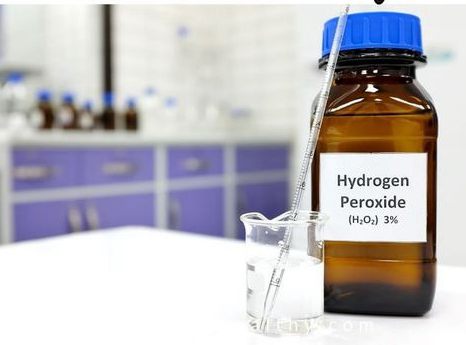
Both hydrogen peroxide and chlorine-based bleach are oxidizers capable of acting as effective bleaching agents. Chlorine-based bleach is an all-purpose disinfectant that has the potential to produce toxic or hazardous byproducts and is irritating to the nose and throat.
Hydrogen peroxide, on the other hand, has none of the toxicity concerns that chlorine bleach does, but it has a limited oxidization power. In a nutshell, like other oxygen-based bleaches, hydrogen peroxide degrades safely into water and oxygen and is a greener bleach than chlorine bleach.
It should be noted that chlorine bleach has a higher bleaching power than oxygen bleach (also known as hydrogen peroxide). However, this strength quickly damages many cloth fibers, such as cotton and wool.
Hydrogen peroxide, on the other hand, has no damaging effect on fabric fibers and is more effective at killing bacteria.
10. No Removal of Fabric Color
Many people are concerned about whether hydrogen peroxide will remove and bleach out the color of their clothes; it is worth noting that hydrogen peroxide is an oxygen bleach that is usually considered safe for colored clothes.
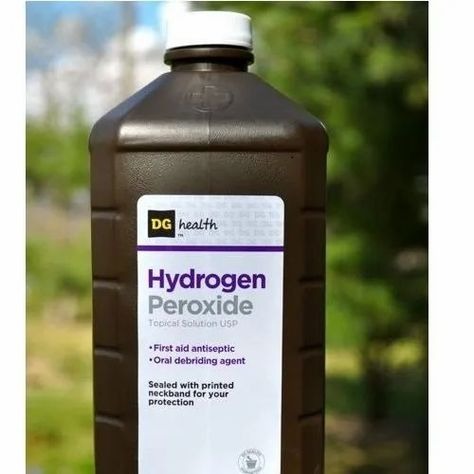
Many of the popular color-safe bleaches on the market today are primarily composed of hydrogen peroxide.
It has been established that hydrogen peroxide acts as a mild bleach on fabrics; its actions depend on its concentration, duration, and temperature of the solution during contact.
Hydrogen peroxide is generally considered safe for white and colored clothing; however, if fabric color removes, it is usually due to too much hydrogen peroxide concentration being used or the dye in the fabric not being properly set, or a color-fast test not carried out.
Precautions to Take When Using Hydrogen Peroxide in the Laundry
- Hydrogen peroxide should not be used with chlorine bleach. Some people mistakenly believe combining hydrogen peroxide and chlorine bleach will increase efficiency. Still, research has shown that this is not the case because the sodium hypochlorite in the chlorine bleach will immediately break down the hydrogen peroxide into plain water.
- Never combine hydrogen peroxide and vinegar. When hydrogen peroxide is combined with vinegar, peracetic acid is formed, which is a highly corrosive acid that, in addition to harming the skin, eyes, nose, throat, and lungs, can pose a great risk to any of your washing equipment made of either metal, brass or copper.
- When hydrogen peroxide and ammonia are combined, dangerous ammonia gasses can form. As a result, combining hydrogen peroxide and ammonia in your laundry is not recommended.
- Hydrogen peroxide should be stored in the dark. Hydrogen peroxide is a highly reactive substance. Exposure to light can cause it to decompose, rendering it useless. That is why it is commonly found in brown, opaque bottles, and keeping it somewhere dark adds an extra layer of protection.
- Hydrogen Peroxide should be handled with care. Aside from storing hydrogen peroxide in the dark, it should also be stored in a secure location away from a naked fire and in a container to prevent it from escaping easily. Although hydrogen peroxide is not flammable, it does produce significant amounts of oxygen during decomposition, which aids in combustion.
Frequently Asked Questions
Do You Recommend Hydrogen Peroxide for all Fabrics?
Hydrogen Peroxide has been shown to work well on most fabrics, including colored clothing, as long as the clothing has been color-fastened. Extreme caution should be exercised when working with cotton and synthetics, especially silk.
What Concentration of Hydrogen Peroxide Is Unsafe for Clothes?
The three percent concentration of hydrogen peroxide sold in drug stores as a first-aid disinfectant is the best choice for clothes. At this concentration, it is safe to use on all washable and dye-stable fabrics. However, concentrations greater than 10% are unsafe to use on fabrics; a 50% concentration of hydrogen peroxide has been shown to damage fabrics and should be avoided.
Does the Three Percent Hydrogen Peroxide Have Any Side Effects?
The common three percent hydrogen peroxide is safe and poses no risk to your fabrics. It can also be used to treat wounds, clean, whiten teeth, and bleach hair, among other things.
Final Words
In summary, hydrogen peroxide is a good oxidizer capable of acting as an effective bleaching agent in the laundry. Its production has dramatically increased to approximately half a billion kilograms produced annually.
We have established that hydrogen peroxide is a simple, inexpensive, and effective method for bleaching clothes. Hydrogen peroxide is simple; the only thing to remember is to avoid mixing it with other cleaning agents or chemicals.
If you found this article interesting or have any comments or questions, please leave them below. If you have previously used hydrogen peroxide, please share your experience with us.